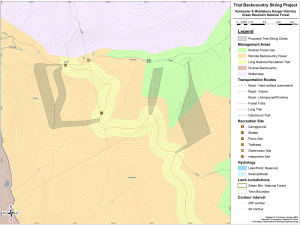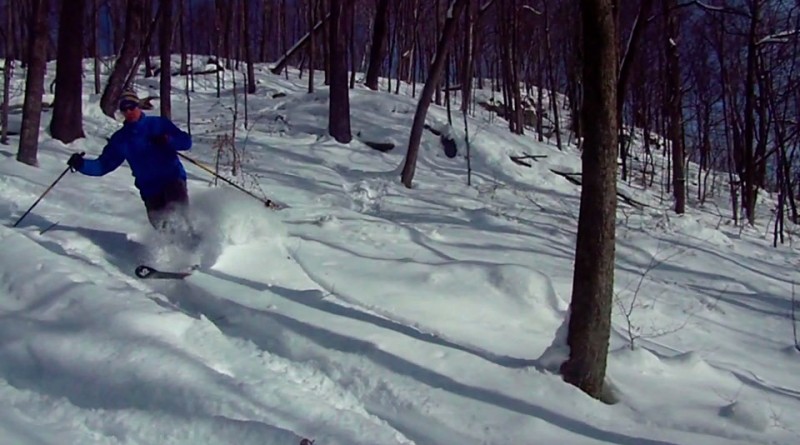USFS approves Brandon Gap glades
ROCHESTER — On Friday, a proposed backcountry skiing glade in the Green Mountain National Forest took a step forward after receiving approval from National Forest officials.
The project, created out of a growing local interest in expanding and preserving backcountry skiing operations in Vermont, was introduced in November and is being spearheaded by partners including National Forest, the Vermont Backcountry Alliance, the Catamount Trail Association and their backcountry skiing pilot chapter, the Rochester Area Sports Trail Alliance.
The proposed glades in the Green Mountain National Forest are located to the south of Brandon Gap on National Forest System lands in the Towns of Rochester, Chittenden and Goshen in Addison, Rutland and Windsor Counties in the Green Mountain National Forest.
The plan calls for the glades be accessed from two parking areas on Route 73 near the top of the Brandon gap. The Long Trail, extending south from the gap, can be used to access all four of the glades, which run from the top of Goshen Mountain eastward to the Bear Brook drainage.

Development of the skiing routes, or “lines,” within the four areas would incorporate a braided design, with several lines intersecting within one zone. The number of lines per zone would differ depending on the size of the zone and vegetation. The area includes northern hardwoods such as beech, yellow birch and maple, while the upper elevations include spruce and fir forests. The four zones include beginner to advanced backcountry skier terrain, with drops of 700 vertical feet on some of the easier areas and 1,200 feet on the more advanced terrain.
Lines would be established where conditions are naturally open and glades would retain full canopy coverage. Where vegetation would be removed, emphasis would be placed on trees that are poorly formed, show signs of insect-infestation or disease, or inhibit restoration objectives in the area.
However, implementation of the project cannot begin yet, pending consultation with the U.S. Fish and Wildlife Service.
This past April, the Fish and Wildlife Service included the Northern Long Eared Bat on the list of threatened species, a step below the endangered species list. The bat, which can be found in much of the United States, has suffered in recent years due to white nose syndrome, a fungal infection that has caused populations to decline by up to 99 percent in the Northeast, according to the U.S. Fish and Wildlife Service.
Since the plan calls for the selective cutting of trees larger than three inches in diameter and biologists were unable to conduct field surveys on bat populations during their summer roosting season, the Forest Service was unable to determine in their decision how the project could affect bat populations.
“The project may effect but is not likely to adversely affect northern long-eared bats,” reads the decision document from the Forest Service.
The project will now undergo additional review by the U.S. Fish and Wildlife Service, which will either concur with the Forest Service’s ruling or impose additional conditions on how the project is carried out.
Jay Strand, forest planner and environmental coordinator for the Green Mountain National Forest said a timeframe for a decision remains unknown.
“It depends on how much staff they have dedicated to the projects that are coming across their radar screen at any given moment in time,” he said. “It could be a matter of weeks or it could be a matter of months, we really do not know.”
While skiing, like other outdoor activities, is deemed a “permitted use” of state and national forests, the cutting or pruning of trees to enhance terrain is not.
In the meantime, Holly Knox District Recreation Program Manager Rochester and Middlebury Ranger Districts in the Green Mountain National Forest encouraged hopeful backcountry enthusiasts to be patient.
“We’re reminding people to leave their loppers at home until we’re ready,” she said.


Pingback: Vermont Sports Magazine | Your Guide to the Outdoors in Northern New England